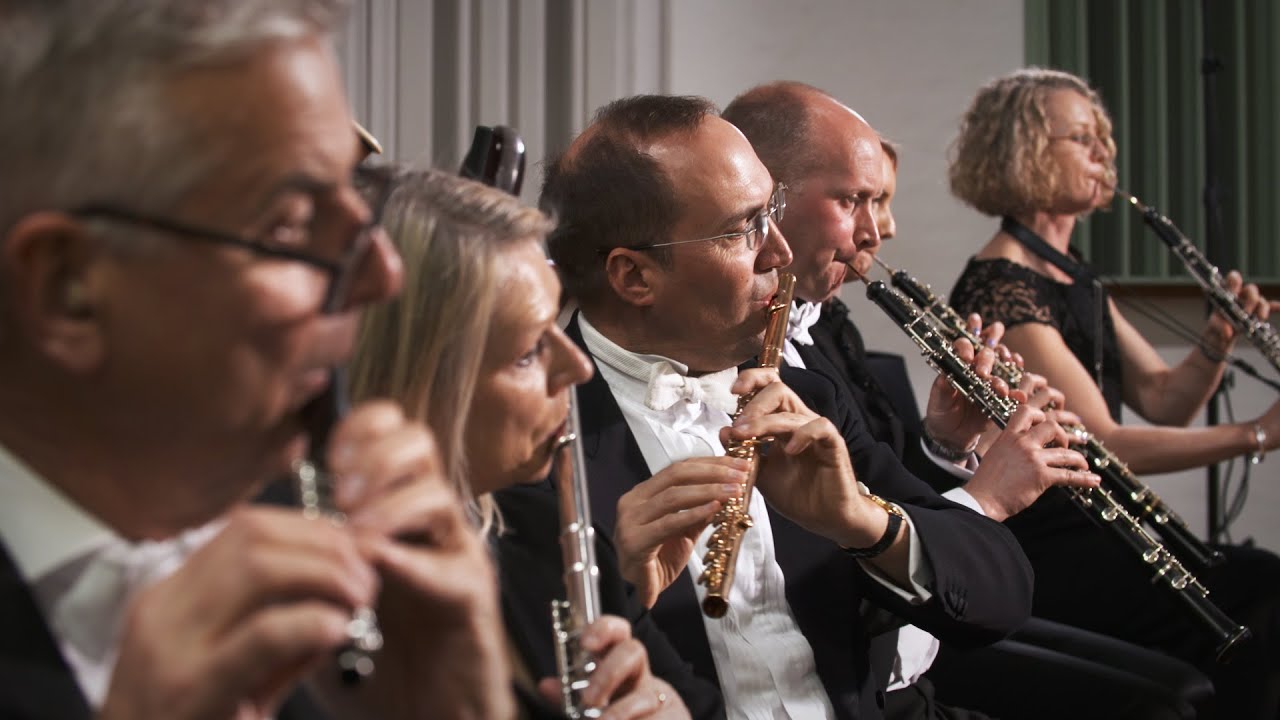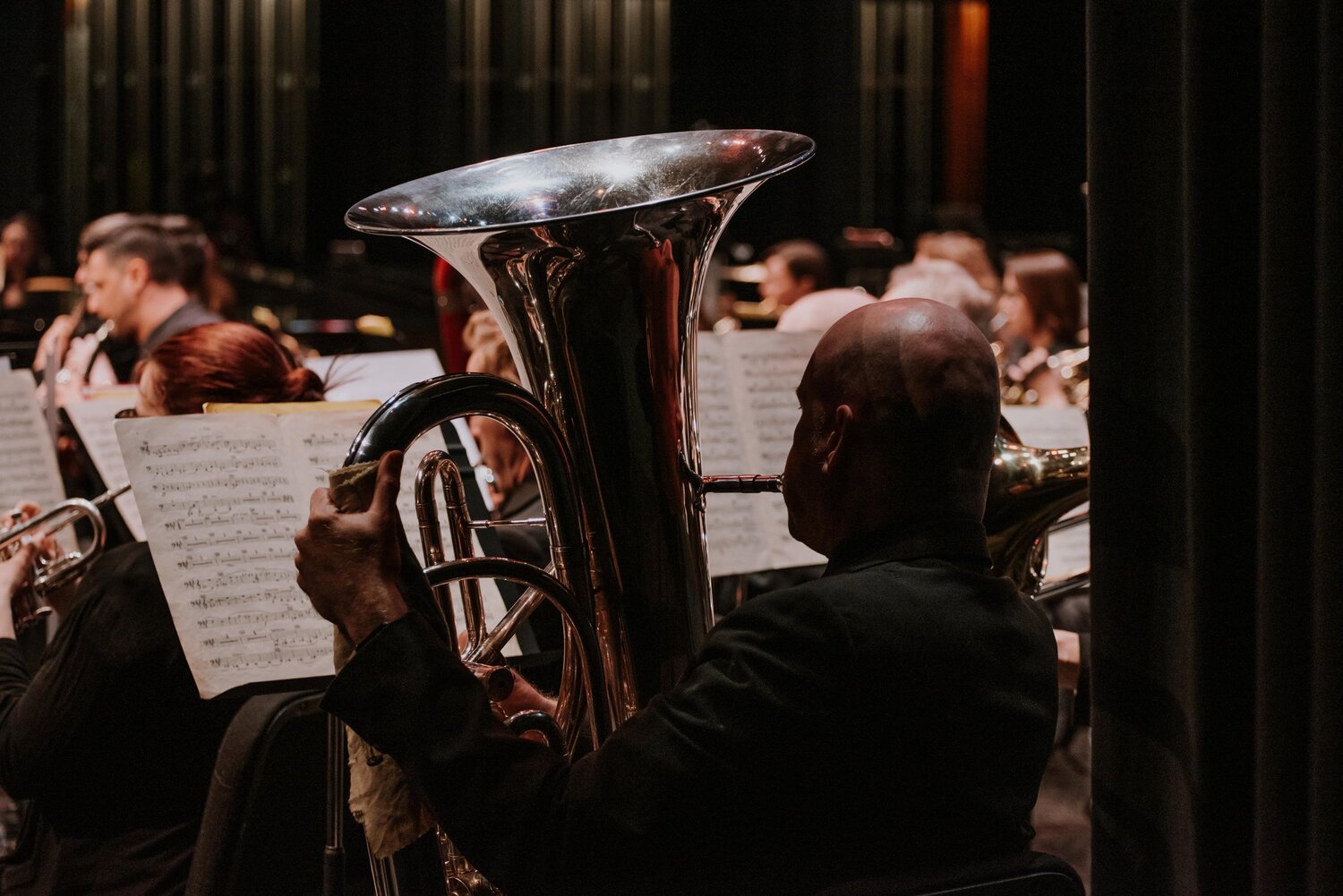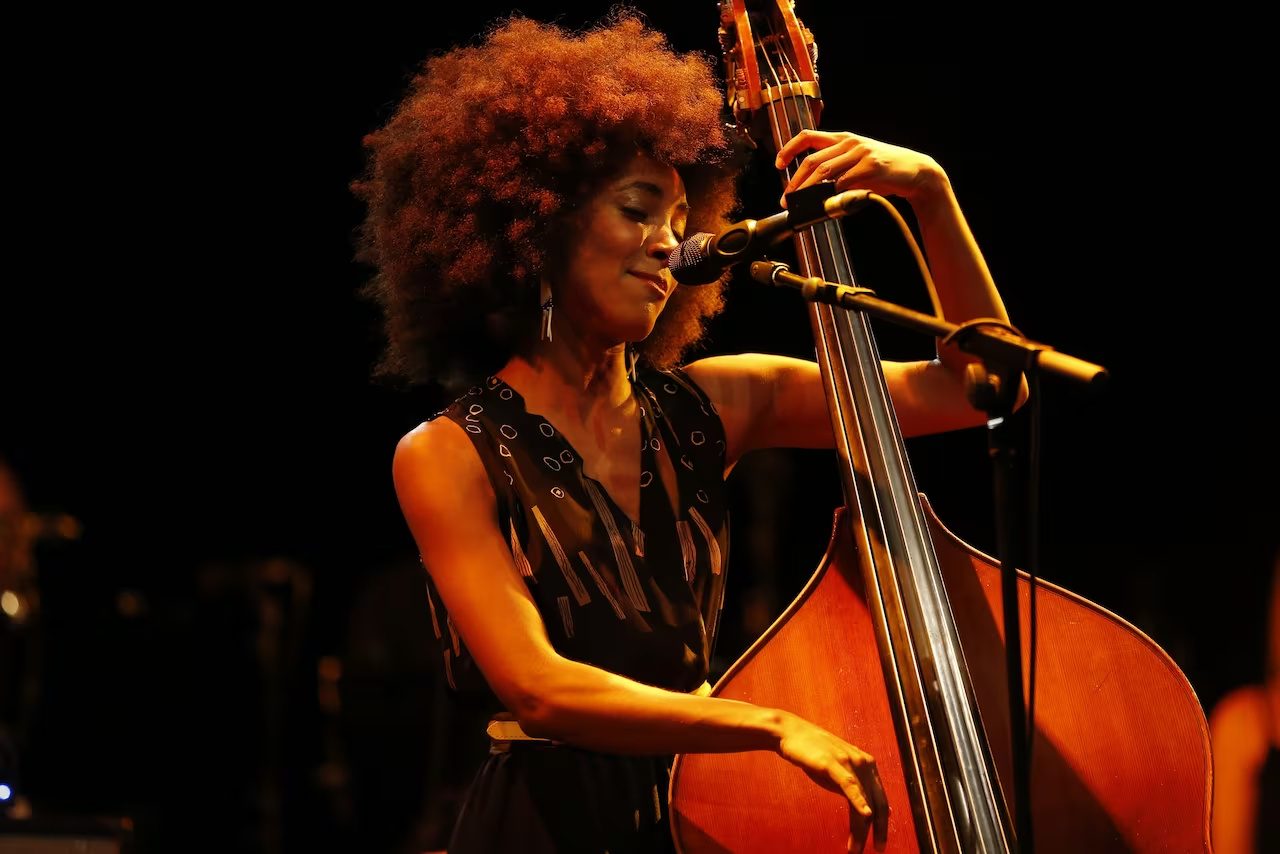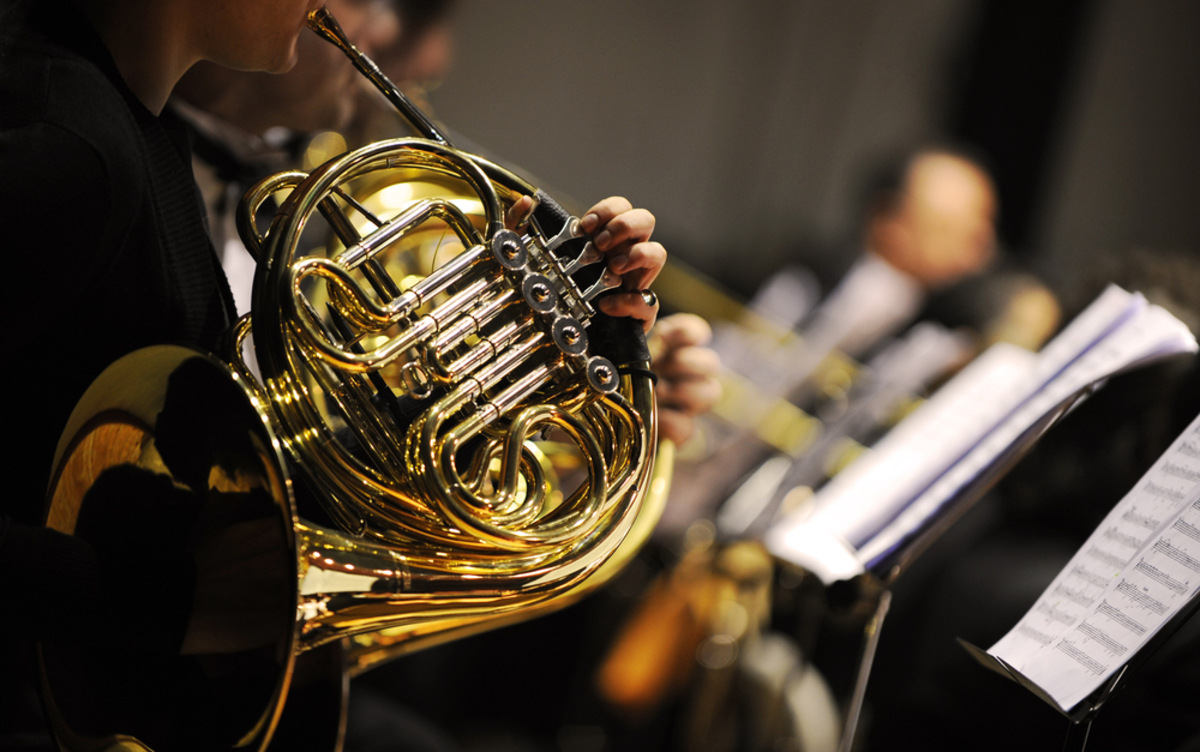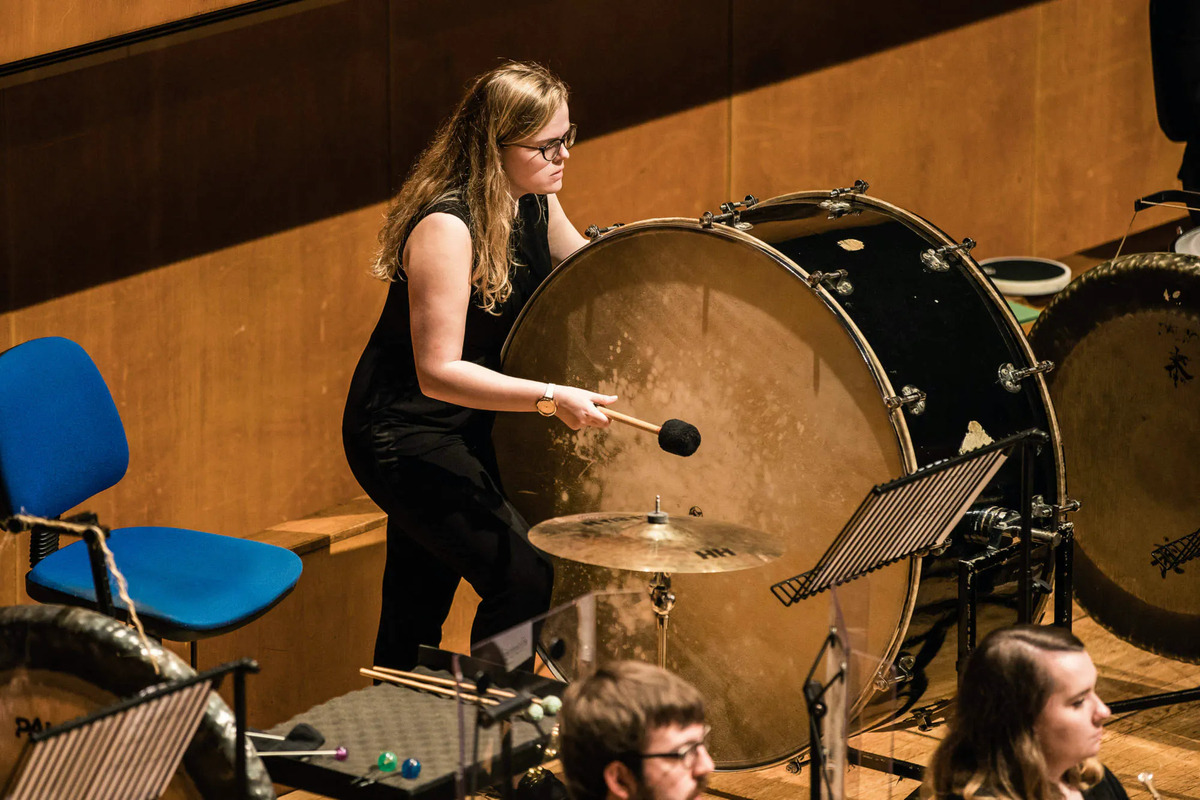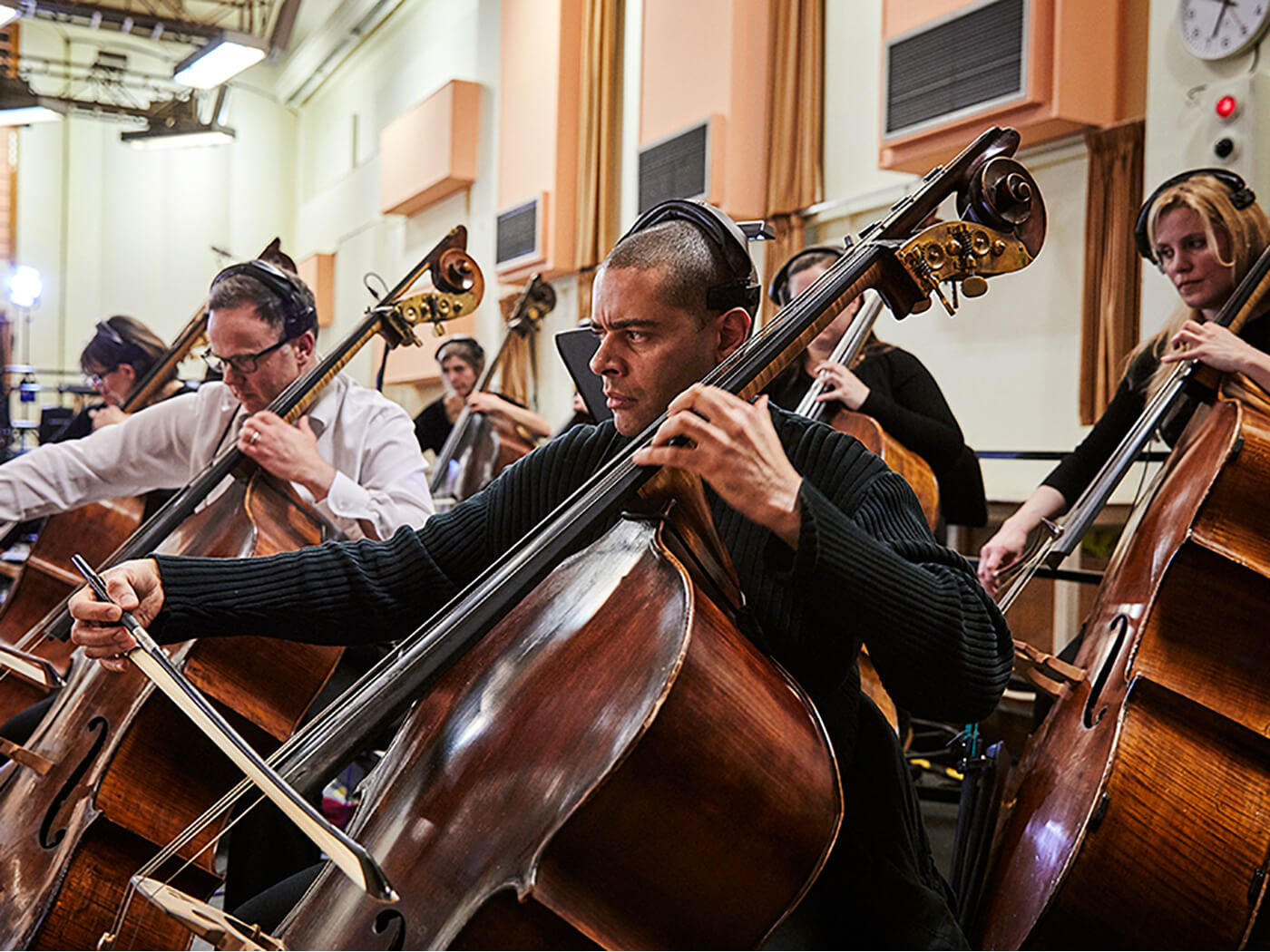Home>Production & Technology>Orchestra>How Many Of Each Instrument Are In An Orchestra
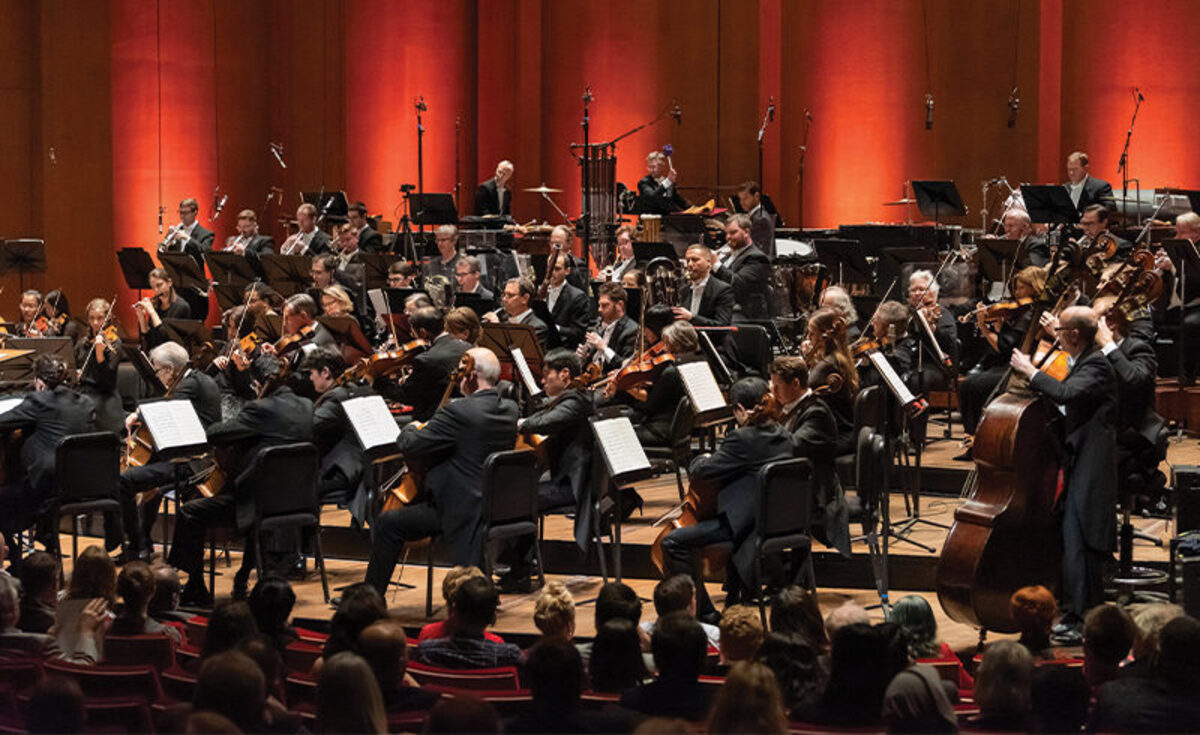

Orchestra
How Many Of Each Instrument Are In An Orchestra
Published: February 24, 2024
Discover the perfect harmony of an orchestra and learn how many of each instrument make up this musical ensemble. Explore the diverse sections and instruments of an orchestra. Uncover the magic of orchestral music.
(Many of the links in this article redirect to a specific reviewed product. Your purchase of these products through affiliate links helps to generate commission for AudioLover.com, at no extra cost. Learn more)
Table of Contents
Introduction
Orchestras are captivating ensembles that bring together a diverse array of musical instruments to create harmonious and mesmerizing performances. Each section of the orchestra contributes unique timbres and tones, blending together to form a symphonic masterpiece. Understanding the composition of an orchestra and the number of instruments in each section provides insight into the intricate balance and coordination required to produce the symphonic magic that captivates audiences worldwide.
As we delve into the inner workings of an orchestra, we will explore the distinctive sections that make up this musical marvel. From the rich, resonant sounds of the string instruments to the vibrant melodies of the woodwinds, the powerful brass section, the rhythmic percussion instruments, and the unique contributions of other instruments, each component plays a crucial role in shaping the orchestra's sonic tapestry.
Join us on this musical journey as we unravel the fascinating world of orchestral instrumentation, gaining a deeper appreciation for the craftsmanship and artistry that culminate in the awe-inspiring performances of orchestras around the globe.
String Instruments
The string section forms the very heart of the orchestra, exuding a rich, melodious resonance that underpins the ensemble's entire sound. Comprising violins, violas, cellos, and double basses, the string instruments infuse the orchestra with a warm and expressive timbre that captivates audiences with its emotional depth and versatility.
Violins
The violin, often referred to as the "soul of the orchestra," is the smallest and highest-pitched instrument in the string section. Typically, there are between 30 to 32 violins in a standard-sized orchestra, divided into two sections: first violins and second violins. The first violins usually carry the melody, while the second violins provide harmonic support and counterpoint, creating a lush, layered sound that forms the foundation of the orchestra's sonic landscape.
Violas
With a slightly larger and deeper-toned body than the violin, the viola adds a distinctive richness to the string section. In a traditional orchestra, there are usually 10 to 12 violas, enriching the ensemble with their mellow and velvety timbre. The violas often complement the violins, contributing to the harmonic structure and adding depth to the overall orchestral sound.
Cellos
Renowned for their soul-stirring resonance, cellos bring a profound depth and sonorous quality to the orchestra. Typically, there are 8 to 10 cellos in a standard orchestra, with their deep, expressive tones providing a solid foundation for the ensemble's lower register. Cellos often showcase their versatility, seamlessly transitioning from providing rhythmic accompaniment to taking center stage with poignant solos that tug at the heartstrings.
Double Basses
As the largest and lowest-pitched members of the string family, double basses anchor the orchestra with their resonant and robust sound. In a typical orchestra, there are usually 6 to 8 double basses, providing a firm and steady bassline that bolsters the entire ensemble. Their deep, rumbling tones add a profound sense of gravity and resonance to the orchestra, forming the bedrock upon which the entire musical tapestry is woven.
The string section, with its exquisite blend of violins, violas, cellos, and double basses, serves as the cornerstone of orchestral music, infusing performances with an emotional depth and expressive power that resonates deeply with audiences. From delicate, soaring melodies to the rich, resonant harmonies that underpin orchestral compositions, the string instruments embody the very essence of the orchestra's captivating allure.
Woodwind Instruments
The woodwind section of the orchestra encompasses a diverse array of instruments, each renowned for its distinctive timbre and expressive capabilities. From the enchanting melodies of the flute to the soulful resonance of the clarinet and the commanding presence of the bassoon, woodwind instruments contribute a wealth of colors and textures to the orchestra's sonic palette.
Flutes
The flutes, including the standard C flute, piccolo, and occasionally the alto flute, lend ethereal and crystalline tones to the orchestra. Typically, there are 2 to 4 flutes in a standard orchestra, with the piccolo often adding a shimmering brilliance to the ensemble's sound. The flutes' agile and soaring melodies effortlessly soar above the orchestral tapestry, infusing compositions with a sense of airiness and grace.
Oboes
Renowned for their poignant and expressive sound, oboes bring a soul-stirring quality to the woodwind section. In a traditional orchestra, there are usually 2 to 3 oboes, with their distinct timbre adding depth and emotion to the ensemble's overall sound. Oboes often take center stage with evocative solos, their haunting melodies captivating listeners with their emotional resonance.
Clarinets
The clarinet family, comprising the standard B-flat clarinet, E-flat clarinet, and bass clarinet, contributes a diverse range of tones to the orchestra. Typically, there are 3 to 4 B-flat clarinets and 1 to 2 bass clarinets in a standard orchestra, enriching the ensemble with their warm and versatile sounds. From nimble, agile passages to velvety, mellifluous tones, clarinets infuse the orchestra with a captivating blend of expressiveness and depth.
Bassoons
With their commanding and resonant presence, bassoons anchor the woodwind section with their deep, sonorous tones. In a typical orchestra, there are usually 2 to 4 bassoons, adding a robust and weighty quality to the ensemble's lower register. Bassoons often contribute to the orchestra's rich harmonic tapestry, their distinct timbre lending a sense of gravitas and depth to the overall sound.
The woodwind section, with its enchanting flutes, soul-stirring oboes, versatile clarinets, and commanding bassoons, forms an integral part of the orchestra's sonic identity. From delicate, fluttering trills to evocative, melancholic melodies, woodwind instruments infuse orchestral compositions with a captivating array of colors and emotions, showcasing the boundless expressive potential of the woodwind family.
Brass Instruments
The brass section of the orchestra exudes a commanding presence, renowned for its resounding power and majestic grandeur. Comprising a diverse array of instruments, including trumpets, French horns, trombones, and tubas, the brass section infuses orchestral compositions with a regal and triumphant quality that resonates with audiences worldwide.
Trumpets
With their brilliant, penetrating sound, trumpets stand as the heralds of the brass section, often heralding majestic fanfares and triumphant calls. In a standard orchestra, there are typically 2 to 4 trumpets, their vibrant and regal tones cutting through the ensemble with a resplendent clarity. From bold, triumphant flourishes to poignant, lyrical melodies, trumpets command attention with their dynamic range and expressive capabilities.
French Horns
Renowned for their warm and noble timbre, French horns bring a rich and enveloping quality to the brass section. In a traditional orchestra, there are usually 4 French horns, their mellifluous and sonorous tones adding depth and grandeur to the ensemble's sound. French horns often weave intricate, lyrical melodies that imbue orchestral compositions with a sense of elegance and emotional depth, evoking a timeless and regal ambiance.
Trombones
The trombones, with their bold and resonant sound, lend a robust and commanding presence to the brass section. Typically, there are 2 to 3 tenor trombones and 1 bass trombone in a standard orchestra, their powerful and sonorous tones adding a weighty gravitas to the ensemble's lower register. Whether delivering majestic chorales or thunderous, triumphant passages, trombones infuse the orchestra with a sense of grandeur and majestic splendor.
Tubas
As the foundation of the brass section, tubas anchor the ensemble with their deep and resonant sound. In a typical orchestra, there is usually 1 to 2 tubas, their commanding and authoritative tones underpinning the entire brass section with a profound sense of gravity and power. Tubas often provide a solid and resolute foundation, adding a rich and resonant quality to the orchestra's lowest register, imbuing compositions with a sense of grandeur and majesty.
The brass section, with its triumphant trumpets, noble French horns, commanding trombones, and resonant tubas, embodies the regal and majestic spirit of the orchestra. From triumphant fanfares to stirring, grandiose melodies, brass instruments infuse orchestral compositions with a sense of grandeur and splendor, captivating audiences with their resounding power and majestic allure.
Percussion Instruments
The percussion section of the orchestra is a vibrant and dynamic ensemble, comprising an eclectic array of instruments that add rhythmic vitality and textural depth to orchestral compositions. From the thunderous resonance of the timpani to the shimmering brilliance of the cymbals and the intricate patterns of the snare drum, percussion instruments infuse the orchestra with a captivating array of sounds and rhythms, elevating performances with their primal energy and expressive versatility.
Timpani
At the heart of the percussion section lies the timpani, also known as kettle drums, which commands attention with its deep, resonant tones. Typically, there are 2 to 4 timpani drums in a standard orchestra, each capable of producing a range of pitches through the tensioning of its membrane. The timpani, with its commanding presence and melodic capabilities, serves as the rhythmic anchor of the orchestra, adding weight and gravitas to the ensemble's sonic tapestry.
Snare Drum
The snare drum, with its crisp and vibrant sound, brings a lively and rhythmic energy to the percussion section. Often utilized for its versatility, the snare drum can produce a wide range of articulations, from sharp, staccato accents to intricate, rolling patterns. In a typical orchestra, there is usually 1 to 2 snare drums, providing a dynamic and expressive rhythmic foundation that enlivens orchestral compositions with its spirited presence.
Cymbals
Renowned for their shimmering and brilliant timbre, cymbals add a touch of sparkle and drama to the percussion section. Typically, there are 2 sets of orchestral cymbals, including crash cymbals and suspended cymbals, each offering distinct tonal qualities and expressive possibilities. The cymbals, with their explosive crashes and delicate, ethereal swells, punctuate orchestral performances with their dramatic flair and evocative resonance.
Bass Drum
The bass drum, with its deep and thunderous sound, provides a powerful and commanding presence within the percussion section. In a standard orchestra, there is usually 1 to 2 bass drums, each capable of producing resounding, low-frequency impacts that resonate throughout the ensemble. The bass drum, with its commanding and weighty timbre, adds a sense of grandeur and dramatic impact to orchestral compositions, imbuing performances with a palpable sense of power and authority.
Other Percussion Instruments
In addition to the aforementioned instruments, the percussion section often includes a diverse array of auxiliary instruments, such as tambourines, triangles, glockenspiels, and xylophones, each contributing unique colors and textures to the orchestra's sound. These auxiliary percussion instruments enrich orchestral compositions with their distinctive timbres and rhythmic embellishments, adding depth and complexity to the ensemble's sonic palette.
The percussion section, with its thunderous timpani, spirited snare drums, shimmering cymbals, commanding bass drums, and an array of auxiliary instruments, forms the rhythmic heartbeat of the orchestra. From thunderous, earth-shaking crescendos to delicate, shimmering accents, percussion instruments infuse orchestral compositions with a palpable sense of rhythm and vitality, elevating performances with their dynamic energy and expressive versatility.
Other Instruments
In addition to the core sections of the orchestra, there exists a fascinating array of other instruments that contribute to the ensemble's sonic tapestry. These instruments, though not as prevalent as the string, woodwind, brass, and percussion sections, play a crucial role in enhancing the orchestra's timbral richness and expanding its expressive capabilities. From the enchanting harp to the evocative sounds of the piano and the distinctive timbres of various auxiliary instruments, the "other" category encompasses a diverse assortment of musical voices that add depth, color, and nuance to orchestral compositions.
Harp
The harp, with its ethereal and celestial tones, holds a revered place in the orchestra, often evoking a sense of enchantment and otherworldly beauty. In a standard orchestra, there is usually 1 to 2 harps, their cascading arpeggios and resonant chords adding a shimmering, angelic quality to the ensemble's sound. The harp's evocative glissandos and delicate, crystalline timbres infuse orchestral compositions with a sense of grace and elegance, transporting listeners to realms of sublime tranquility and enchantment.
Piano
The piano, with its unparalleled versatility and expressive range, stands as a cornerstone of the orchestral "other" instruments. While not a permanent fixture in every orchestral performance, the piano's presence adds a wealth of harmonic richness and melodic depth to compositions that call for its inclusion. Whether delivering thunderous, virtuosic passages or tender, introspective melodies, the piano imbues orchestral works with a profound sense of emotional depth and sonic grandeur, enriching the ensemble with its captivating resonance and expressive power.
Auxiliary Instruments
The category of "other" instruments also encompasses a diverse array of auxiliary instruments that contribute unique colors and textures to the orchestra's sonic palette. From the sparkling chimes and glistening celesta to the evocative English horn and the poignant bass clarinet, these auxiliary instruments enrich orchestral compositions with their distinctive timbres and expressive capabilities. Their contributions, though subtle at times, add depth, complexity, and a touch of magic to the orchestral sound, elevating performances with their enchanting presence and unique sonic qualities.
In essence, the "other" instruments, including the enchanting harp, expressive piano, and an array of auxiliary instruments, embody the spirit of diversity and innovation within the orchestra. Their nuanced contributions, though often understated, play an integral role in shaping the orchestra's sonic identity, infusing compositions with a wealth of colors, textures, and emotional depth. As the orchestra continues to evolve and embrace new musical horizons, these "other" instruments stand as testaments to the ensemble's enduring capacity for innovation and sonic exploration.


